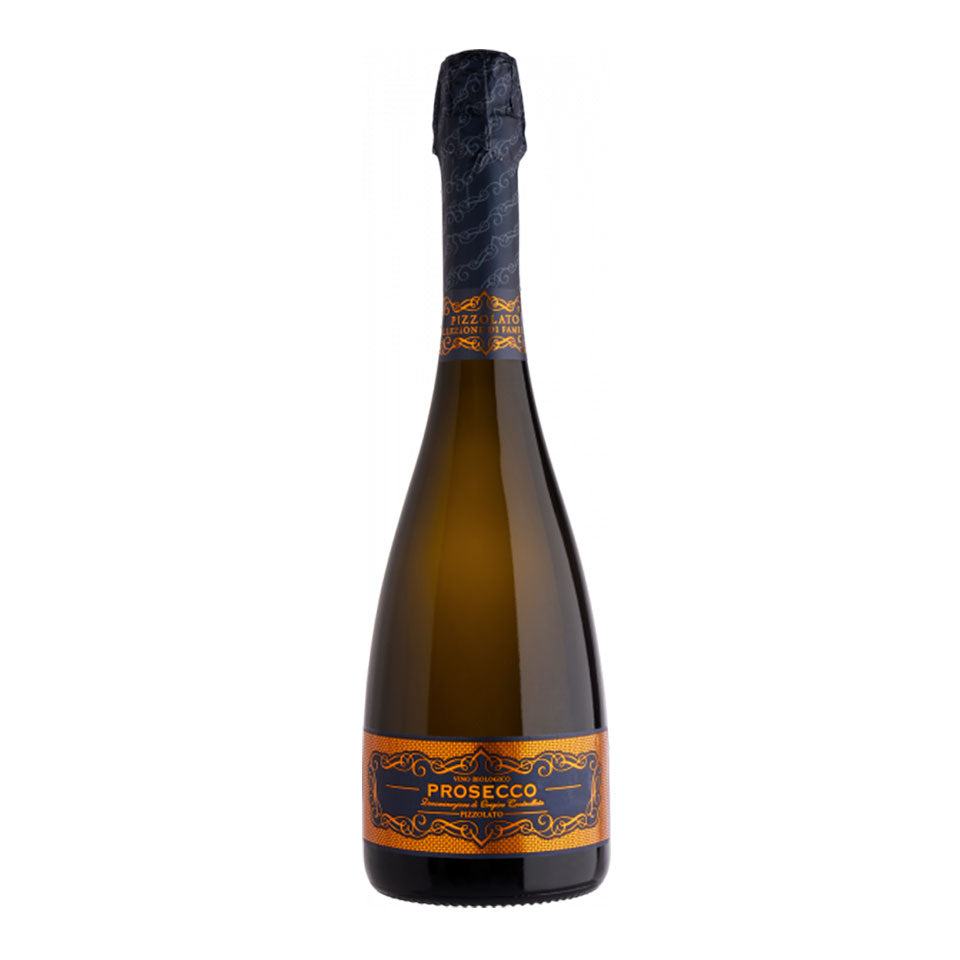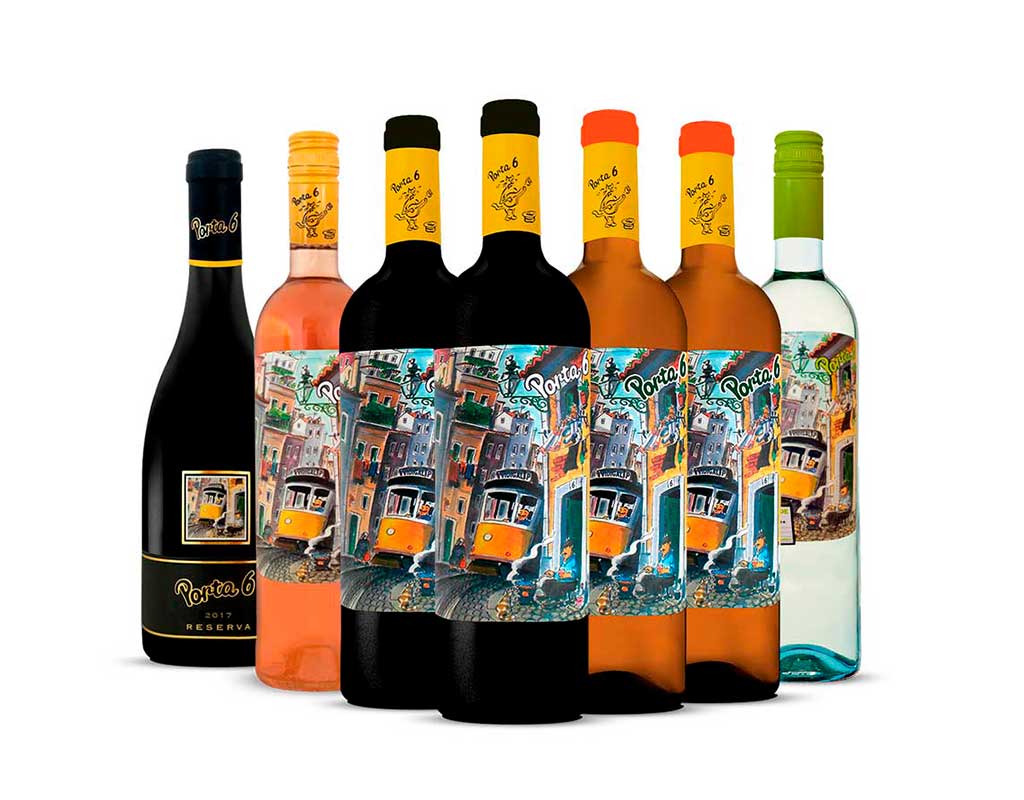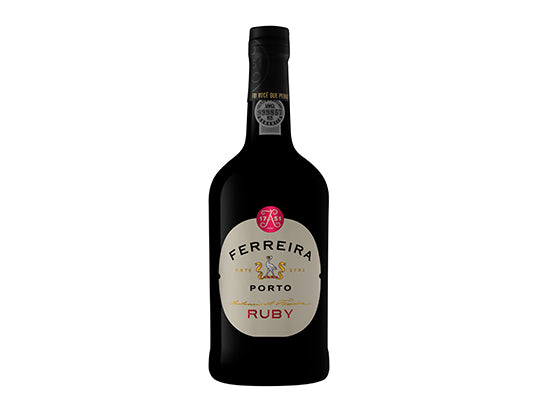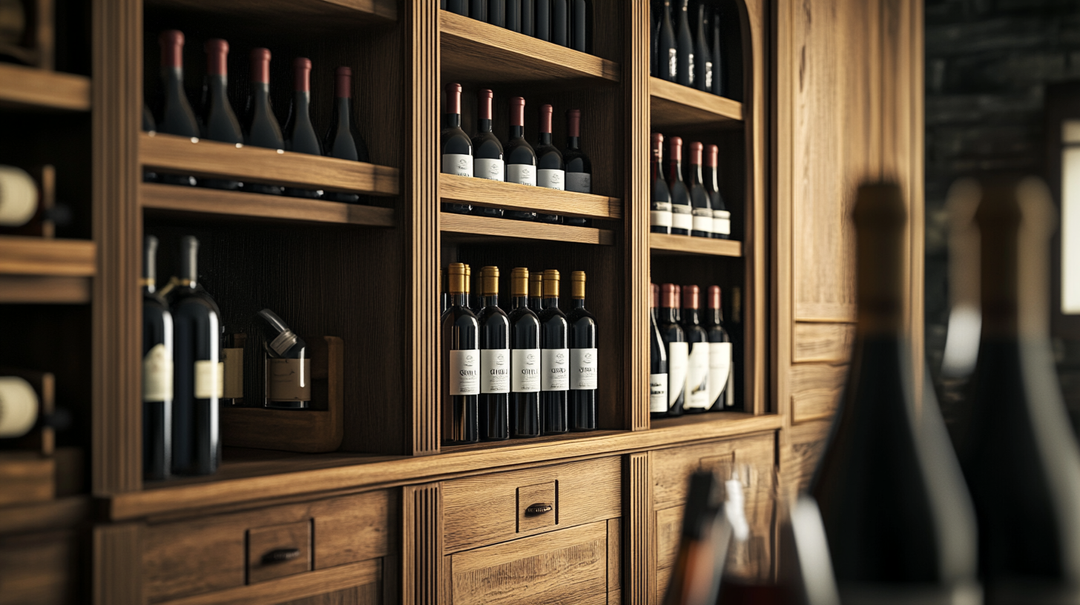Top 10 Best Types of Wine Glasses
The types of wine glasses you use can significantly impact your wine tasting experience from the first sip. Each glass shape is purpose-built to enhance certain wines, highlighting aromas and flavors. Using the right stemware – whether a large red wine bowl or a sleek flute – ensures you get the most out of every bottle.
In this guide, we'll explore the top 10 types of wine glasses and when to use each, so you can pour like a pro at your next gathering.

Why Wine Glass Shapes Matter
Wine glass shapes matter because they influence how wine's aromas and flavors are delivered. A glass's bowl size, rim diameter, and even stem length all play a role. For example, a broad bowl exposes more wine to air, softening tannins and releasing aromas, while a narrow glass concentrates delicate scents.
Proper wine glass shapes also help maintain ideal temperature – wider bowls let red wines breathe, and smaller bowls keep white wines cooler. In short, choosing suitable glasses for different wines elevates the tasting experience, allowing each varietal to shine.
Top 10 Types of Wine Glasses and Their Uses
Below are the ten best types of wine glasses every wine lover should know. Each entry highlights the style of glass, the wines it's best for, and why it's shaped that way.
1. Bordeaux Red Types of Wine Glasses
THE Bordeaux red wine glass features a tall bowl with a wide base and slightly tapered top. This classic red wine glass is designed for full-bodied reds like Cabernet Sauvignon, Merlot, and Bordeaux blends. The large bold bowl provides ample surface area to swirl the wine and aerate it, enhancing bold aromas of dark fruit and oak.
The taper at the kidney concentrates the bouquet towards your nose while sipping. With a Bordeaux glass, robust reds can breathe and develop, offering smoother tannins and a richer flavor profile. Internal tip: Try enjoying a powerful Douro or Cabernet from our collection in a Bordeaux glass for maximum aroma – for example, pour a Painted Cat Cabernet Sauvignon and notice how the broad bowl softens its bold character.
2. Burgundy Red Wine Glass
THE Burgundy glass is another type of red wine stemware, distinguished by an even larger, rounder bowl and a slightly narrower opening. This shape is ideal for lighter, aromatic reds such as Pinot Noir, Burgundy (Pinot Noir-based wines), and Nebbiolo.
The wide bowl allows these nuanced wines to open up, delicate aromas like red berries, truffle, or floral notes. The narrower rim directs the wine to the tip of the tongue, highlighting sweetness and fruitiness while tempering acidity.
Savoring an elegant red in a Burgundy wine glass can elevate its complexity. Serving suggestion: Enjoy a Pinot Noir (try our Authentic Pinot Noir) in this glass – the generous bowl will showcase its silky texture and bouquet beautifully.
3. White Types of Wine Glasses
THE white wine glass is typically smaller and more U-shaped than a red wine glass. It has a moderately sized bowl and a narrow mouth. This design preserves the crisp aromas and cooler temperature of white wines. The smaller bowl means less air exposure, which is ideal for delicate whites like Sauvignon Blanc, Riesling, or Pinot Grigio that don't need heavy aeration.
The slightly narrowed rim concentrates aromas of citrus, floral, or mineral notes, enhancing your tasting. A white wine glass's shape also directs wine to the middle of your tongue, balancing sweetness and acidity. Use these glasses for any still white or rosé wine. Serving suggestion: Chill a bottle of Sauvignon Blanc from our selection (for example, Camellias Sauvignon Blanc) and serve it in a white wine glass to maintain its refreshing zest and aroma.
4. Champagne Flute (Sparkling Types of Wine Glasses)
The champagne flute is a tall, slender sparkling wine glass with a long stem. Flutes are designed for Champagne, Prosecco, Cava, and other sparkling wines. The upright, narrow bowl helps preserve carbonation by reducing the surface area exposed to air. This means your bubbly stays fizzy longer. The flute's elegant shape also showcases the stream of bubbles rising in the glass – part of the visual pleasure of sparkling wine.
Although flutes don't concentrate aromas as much as wider glasses, they excel at keeping the wine lively and crisp. Every sip from a flute delivers a burst of effervescence. Tip: Pour your favorite Champagne or sparkling from our Sparkling wine collection into a flute to maintain its festive sparkle and delicate fruit notes.
5. Champagne Coupe (Sparkling Wine Glass)
The champagne coupe (or saucer) is the old-fashioned, wide and shallow sparkling wine glass. With a wide bowl and open brim, coupes have a glamorous vintage appeal (think 1920s celebrations). This sparkling wine glass style is best for toasts and cocktails, as it allows the bubbly to open up quickly.
The downside is that carbonation dissipates faster due to the broad surface, so sparkling wine can go flat sooner in a coupe. However, the coupe is great for sweeter sparkling wines or champagne cocktails where aroma isn't the focus. It also adds an elegant aesthetic to presentations. Use coupes for casual bubbly sipping, punches, or classic drinks like champagne cocktails. They're fun for celebratory moments but less about preserving flavor over time.
6. Tulip Wine Glass for Sparkling
THE tulip sparkling wine glass offers the best of both flute and coupe. It has a shape like a tulip flower – a slim base that widens in the middle and narrows toward the top. Many consider this the optimal glass for Champagne and high-quality sparkling wines. The tulip design provides a small surface area at the wine's surface (to retain bubbles), while the slight bowl in the middle allows some aeration and collects more aroma than a flute.
The narrowed rim focuses the bouquet towards your nose with each sip. This means you enjoy the fruit and yeast aromas (think brioche or apple notes in Champagne) without sacrificing effervescence. For champagne aficionados, tulip glasses elevate the tasting experience, capturing complexity in both aroma and flavor.
7. Dessert Wine Glass (Port/Sherry Glass)
Dessert wine glasses are small stemmed glasses used for fortified and sweet wines like Port, Sherry, Madeira, or Sauternes. These glasses have a tiny bowl and narrow opening. Because dessert wines are typically served in smaller pours (due to higher alcohol and intense sweetness), the glass is petite – often around half the size of a regular wine glass.
The shape concentrates the rich aromas (nuts, caramel, dried fruit) of fortified wines and directs the wine to the back of your mouth, moderating the perception of sweetness.A Port or Sherry glass is a must for after-dinner sipping of digestifs. Enjoy with our pick: Pour a smooth tawny port such as Porto Ferreira Tawny into a proper dessert wine glass – the experience of its honeyed, nutty notes will be delightfully intensified.
8. Rosé Wine Glass
THE rosé wine glass is a newer style of stemware developed to accentuate rosé wines. It often looks similar to a white wine glass but with a slight tweak: some rosé glasses have a flared rim or a slightly tapered top. The subtle flare directs the wine to the tip of your tongue (where sweetness is detected), which can emphasize the fresh fruit flavors and soft sweetness common in rosé.
The bowl size is medium – larger than a standard white glass to allow fruity aromas (strawberry, watermelon, floral notes) to gather, but not as large as a red glass since rosés are lighter. Serving rosé in a purpose-built rosé glass can make the wine taste more vibrant and aromatic. Of course, if you don't have a special rosé glass, a regular white wine glass works well too, but for dedicated rosé lovers this glass is a nice touch.
9. All-Purpose Wine Glass (Universal Stemware)
An all-purpose types of wine glasses (sometimes called a universal wine glass) is a versatile option that can work for red, white, and rosé wines. This stemmed glass usually has a mid-sized bowl – not too wide, not too narrow – and a slightly tapered rim. It's designed as a compromise to enjoy any wine reasonably well if you don't want to own many specialized glasses. Universal stemware is especially handy for casual entertaining or if you're just starting your collection.
It may not showcase a big, bold Cabernet as perfectly as a Bordeaux glass, but it will still do a good job of directing aromas and flavors. Many restaurants use all-purpose wine glasses for efficiency. If you prefer simplicity, a set of these glasses covers most bases. Just swirl gently for reds and you're ready to go.
10. Stemless Types of Wine Glasses
Stemless wine glasses are a modern, casual twist on traditional stemware. As the name suggests, these glasses have no stem – they are basically wine tumblers. Stemless glasses can be found in shapes mimicking red or white wine bowls, but without the elegant stem. The advantage is stability and ease of use: they're less likely to tip over and are convenient for everyday use or outdoor settings.
There's also no worry about holding the glass “properly” by the stem; you can grab it like a regular glass. However, keep in mind that your hand will warm the wine more quickly with a stemless glass, potentially affecting the temperature of whites or sparklings. They also don't allow as much swirling without a stem to hold.
Stemless wine glasses trade a bit of sophistication for practicality. They are fantastic for casual sipping, picnics, or when portability is needed. If you're enjoying a relaxed evening with an easy-drinking red or a summer rosé, stemless glasses are a trendy and comfortable choice.
Tip: Whichever types of wine glasses you use, fill each glass only to the widest part of the bowl (about one-third full). This pouring practice gives the wine room to aerate and lets you swirl without spilling, maximizing your wine's potential.









